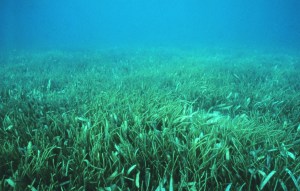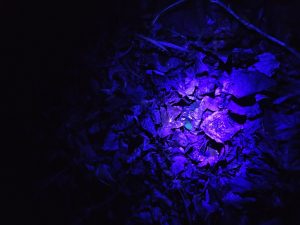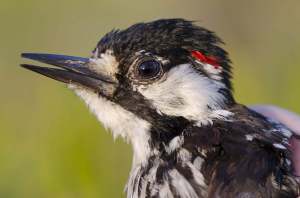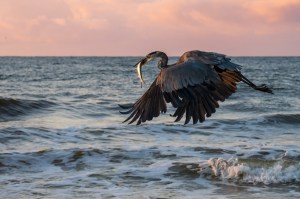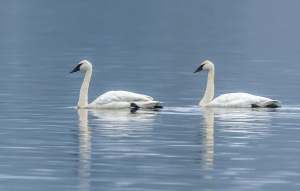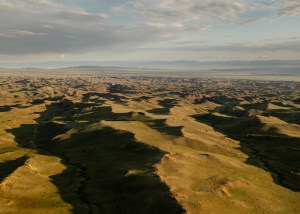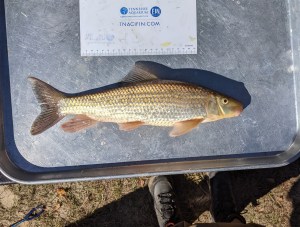Discover stories in Conservation Science
Greener Cities, Cleaner Air: How Urban Design Can Help Save Native Birds
Urban greening and pollution reduction restore bird habitats. This research shows how conservation transforms cities for people and nature.
Can We Turn Back the Tide on Wastewater Pollution?
Tampa Bay proves recovery is possible: decades of science and collaboration restored seagrass and water quality—offering lessons for coasts worldwide.
When Deer Marks Glow in the Dark?
It’s true: deer signs glow in the dark. And we’re not talking about signs along the road.
Grazing Lands as Climate Solutions: Key Practices for Carbon and Biodiversity
Study finds wetland restoration, pasture planting, and adjusted grazing can boost soil carbon and cut emissions—but more research is needed for lasting impact.
Family, Survival and Change: The Secret Life of the Red-cockaded Woodpecker
Lauren Pharr uncovers how family bonds and teamwork help red-cockaded woodpeckers thrive in longleaf pine forests, even as climate change reshapes their world.
Growing Seagrass? Better Add a Sprinkle of Bird Poop
TNC and its partners are restoring habitat with the help of a little bird-poop fertilizer.
Meet the 7 Swans a-Swimming
Those seven swans a-swimming aren't just for the holiday song. There are seven swan species—and each has its own wild story.
Risk, Resilience, and the Power of Community Preferences
Climate adaptation starts locally. See how TNC partners with communities to reduce risk and scale nature-based solutions.
Mangroves Slash Hurricane Damage in Florida by Billions
In Collier County alone, mangroves cut annual losses by $67M and prevented $4B in damages during Hurricane Ian.
Solar’s Hidden Footprint: Why Accurate Land Data Matters for Conservation
New research reveals solar datasets underestimate land use by up to 34%, masking habitat loss in natural areas.
Turning the Lens on Mongolia
Mongolia shaped his photography career. Now, 25 years later, he returns to capture the country’s commitment to a sustainable future.
Meet the Apalachicola Redhorse, a Newly Recognized Fish Species
For more than 50 years, the Apalachicola redhorse was a fish with no name. Learn more about this newly recognized species of sucker.

